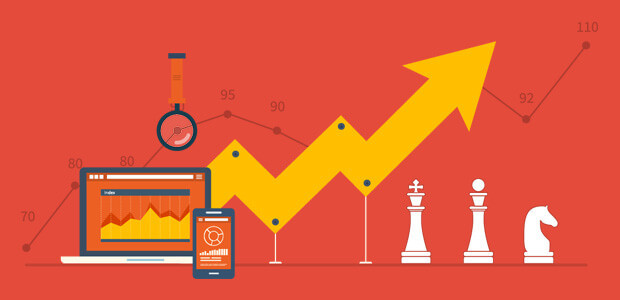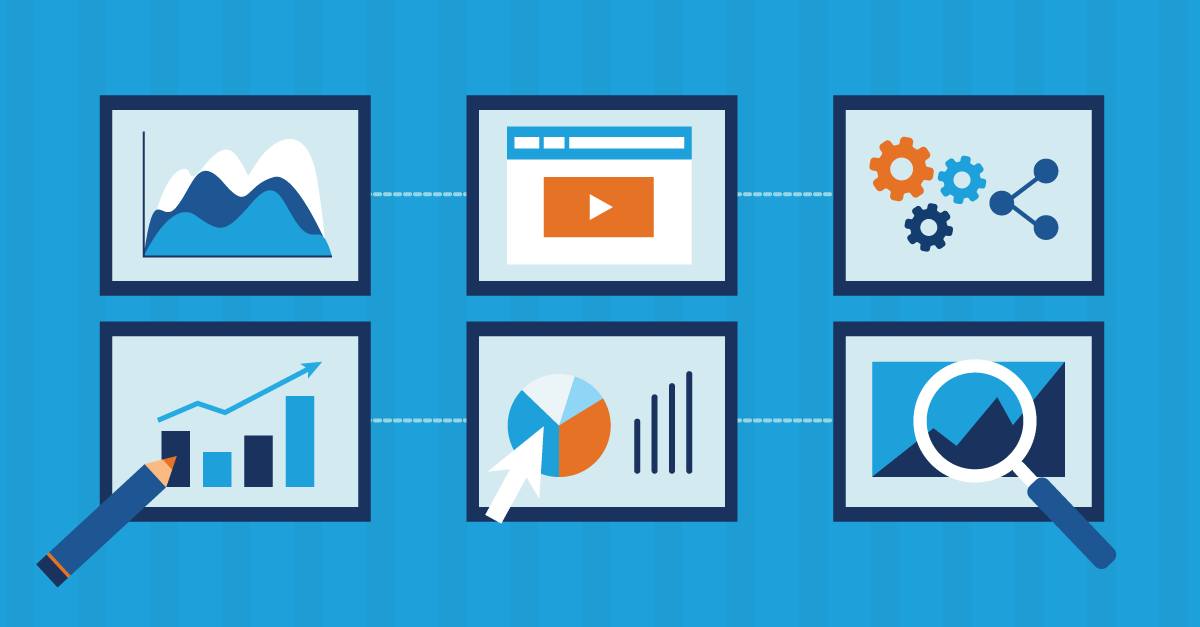
If you’re in the food and beverage industry, then you know that growth is essential to success. You need to be able to attract new customers, retain existing ones, and stay relevant in an increasingly competitive market. This is where growth hacking comes in. In this article, we’ll explore the top 5 growth hacking strategies for food and beverage businesses that can help you achieve your business goals.
Understanding Growth Hacking in the Food and Beverage Industry
Growth hacking is a process of rapid experimentation across marketing channels and product development to identify the most effective ways to grow a business. In the food and beverage industry, growth hacking involves finding unique ways to attract and retain customers, increase revenue, and reduce costs.
What is Growth Hacking?
Growth hacking is a marketing strategy that focuses on rapid experimentation with various marketing channels and product development techniques to identify the most effective ways to grow a business. Growth hacking is different from traditional marketing because it focuses on achieving growth through non-traditional means, such as social media, viral marketing, and referral programs.
Why is Growth Hacking Important for Food and Beverage Businesses?
The food and beverage industry is incredibly competitive, with new businesses popping up every day. Growth hacking allows you to stand out from your competitors by finding unique ways to attract and retain customers, increase revenue, and reduce costs.
One way to growth hack in the food and beverage industry is to focus on creating a strong brand identity. By creating a brand that resonates with your target audience, you can attract and retain customers more effectively. This can be achieved through a variety of means, such as creating a unique logo, developing a consistent brand voice, and using social media to engage with your audience.
Another way to growth hack in the food and beverage industry is to leverage the power of influencer marketing. By partnering with influencers in your industry, you can tap into their audience and attract new customers to your business. This can be done through sponsored posts on social media, collaborations on content, and more.
Additionally, growth hacking in the food and beverage industry can involve finding ways to reduce costs without sacrificing quality. This can be achieved through a variety of means, such as streamlining your supply chain, negotiating better deals with suppliers, and reducing waste.
In conclusion, growth hacking is an essential strategy for any food and beverage business looking to succeed in a competitive market. By focusing on creating a strong brand identity, leveraging the power of influencer marketing, and finding ways to reduce costs, you can attract and retain customers, increase revenue, and grow your business.
Strategy 1: Utilizing Social Media Platforms

Social media is one of the most powerful marketing tools available for businesses today. With billions of users around the world, social media platforms like Facebook, Twitter, and Instagram can help you reach a wider audience, engage with your customers, and build brand awareness. Here are some key ways you can utilize social media for growth hacking:
Choosing the Right Social Media Channels
Not all social media channels are created equal. Depending on your target audience and business goals, you may find that some social media platforms are more effective than others. For example, if you’re targeting a younger audience, then platforms like Snapchat or TikTok may be more effective than Facebook.
It’s important to research and understand your target audience’s social media habits before choosing which platforms to focus on. For instance, if your target audience is primarily professionals, then LinkedIn may be the best platform to reach them.
Creating Engaging Content
One of the most important aspects of social media marketing is creating engaging content. Your content should be visually appealing, shareable, and provide some value to your audience. This could include recipes, cooking tips, or behind-the-scenes glimpses of your business.
It’s also important to be consistent with your content creation. Posting regularly can help keep your audience engaged and interested in your brand. You can even create a content calendar to plan out your posts in advance.
Leveraging Influencers and Partnerships
Influencer marketing can be an effective way to reach new customers and build brand awareness. You can partner with influencers who have a large following on social media to promote your products or services. This can help you reach a wider audience and build credibility with potential customers.
When choosing influencers to work with, it’s important to consider their values and whether they align with your brand. You should also be transparent about any partnerships or sponsored content to maintain trust with your audience.
Collaborating with other businesses or organizations can also help you reach a wider audience. You can host joint events or promotions, or even cross-promote each other’s content on social media.
Overall, social media can be a powerful tool for growth hacking. By choosing the right platforms, creating engaging content, and leveraging influencers and partnerships, you can reach a wider audience and build brand awareness for your business.
Strategy 2: Implementing a Referral Program
A referral program is a marketing strategy that involves incentivizing your customers to refer their friends and family to your business. Referral programs can be highly effective because they rely on the trust and loyalty of your existing customers. Here’s how you can implement a successful referral program:
Designing an Effective Referral Program
When designing your referral program, you should ensure that it is easy to understand and easy to participate in. Your program should also provide clear incentives for both the referrer and the referee. For example, you could offer a discount on their next purchase or a free product.
Incentivizing Customers to Refer Friends and Family
One of the key components of a successful referral program is providing incentives for your customers to refer their friends and family. This could include discounts, free products, or other rewards. You should also ensure that your customers are aware of your referral program and how to participate.
Tracking and Measuring Referral Success
It’s essential to track and measure the success of your referral program so that you can make adjustments as needed. You should regularly review your referral program’s performance to see how many referrals you’re getting, how many are converting into customers, and what incentives are most effective.

Strategy 3: Optimizing Your Online Presence
Your online presence is crucial in today’s digital age. A well-designed website, active social media profiles, and positive online reviews can help you attract new customers and build trust with your existing ones. Here’s how you can optimize your online presence:
Building a User-Friendly Website
Your website is often the first impression that potential customers will have of your business. It’s essential to have a user-friendly website that is easy to navigate, visually appealing, and provides value to your customers. This could include recipes, nutrition information, or online ordering.
Implementing Local SEO Strategies
Local SEO (Search Engine Optimization) involves optimizing your online presence to rank higher in search engine results for local searches. This could include optimizing your website for local keywords, claiming your business listings on Google My Business and Yelp, and building backlinks from local businesses or organizations.
Utilizing Online Reviews and Testimonials
Online reviews and testimonials can be incredibly powerful marketing tools. Positive reviews and testimonials can help build trust with your customers and encourage new customers to try your products or services. You can encourage your customers to leave reviews by offering incentives or simply asking them to do so.
Conclusion
Growth hacking is an essential strategy for food and beverage businesses that want to stay competitive in today’s market. By utilizing social media platforms, implementing a referral program, and optimizing your online presence, you can attract new customers, retain existing ones, and achieve your business goals. Experiment with these strategies and find what works best for your business!
